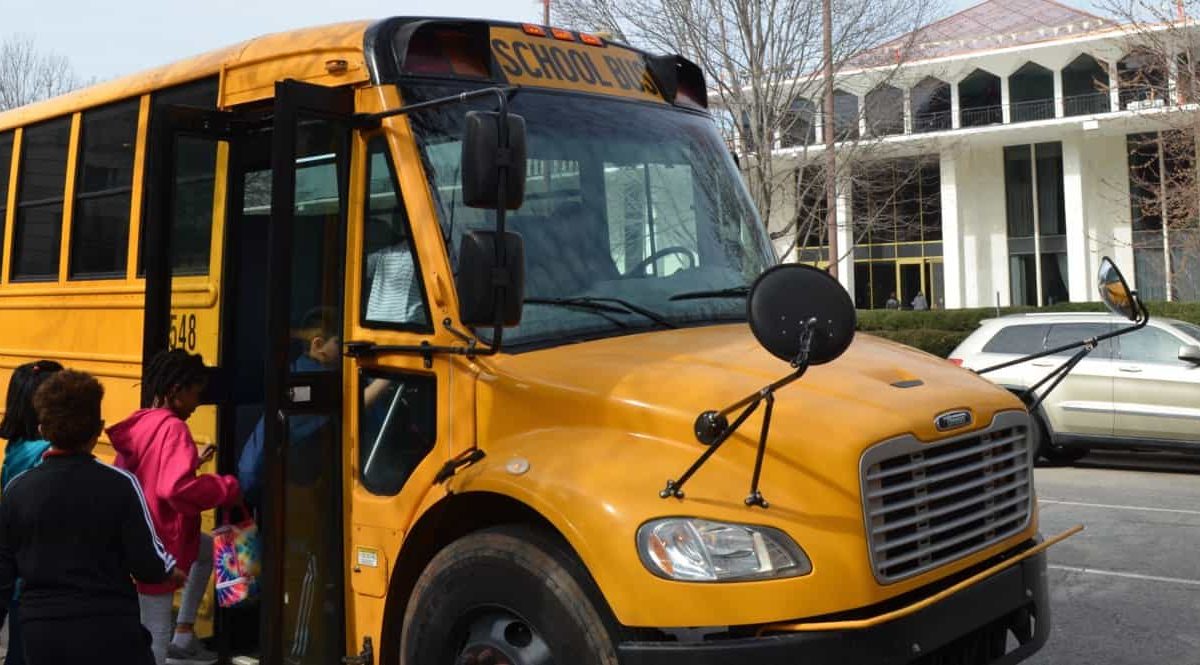

Republican legislators have moved ahead with yet another major tax cut, tilted toward businesses, heedless of the real prospect of North Carolina’s schools as collateral damage. The state Senate took its final vote Monday on tax changes that would cost an estimated $800 million in revenue over the next five years — on top of approximately $3.5 billion in reductions since 2013.
To hear tax-cut proponents tell it, the sweeping slashing of taxes has propelled the state’s recent economic growth. Indeed, North Carolina has gone along for the ride in a national economic surge as depicted by top-line indicators: unemployment below 4%, annual inflation below 2%, GDP growth above expectations at 3%.
The national surge springs from old-fashioned stimulus. In late 2017, Congress passed and President Trump signed a $1.8 trillion federal tax cut. Three months later, to avoid a government shutdown, Republicans and Democrats agreed to a $1.3 trillion package of military and domestic spending. The federal deficit went up by 77% over four months.
But unlike the president and Congress, North Carolina’s governor and General Assembly are required to keep spending within available revenue. Thus, tax cutting matters as the state faces such big issues as expanding pre-K, increasing the supply of high-quality teachers and principals, promoting school innovations, and responding to the findings of the independent study in the long-running Leandro case.
The U.S. Census Bureau issued data charts this week under a good-news headline, “Largest Annual Increase in Public School Spending Since 2008.” The overall find reflects state and local revenue trends resulting from the wider economic recovery. But the charts also show the effects of North Carolina cut-taxes, limit-spending policies over this decade.
Based on 2017 fiscal year revenue from federal, state and local sources, North Carolina ranked 47th in per pupil availability for elementary and high schools. In a chart on per pupil revenue in relation to $1,000 of personal income, North Carolina ranked 48th.
North Carolina’s per pupil spending went up 3.2% from 2016 to 2017, according to the Census data. By comparison, per pupil spending grew 4.4% for the nation, 4.5% in Georgia, 4.2% in Tennessee, 4% in Virginia.
As state legislators proceed toward reducing the business franchise tax and increasing modestly the personal income tax exemption, evidence abounds that tax-cutting lacks the potency to overcome economic and political divides. The Pew Research Center recently reported that “the share of Americans who are dissatisfied with the way things are going in the country — seven-in-ten in January of 2019 — is higher now than at any time in the past year.” North Carolina shares in the national polarization and dissonance.
Meanwhile earlier this month, the state Department of Commerce published an analysis indicating that job trends will reinforce the divide between the state’s major metro areas and its smaller cities and rural communities. The analysis provided projections from 2017 to 2026 across 16 regions known as “prosperity zones.”
“More than a third of the new jobs in the state are expected to be added in the Charlotte region, which alone is expected to gain more jobs than fourteen other Prosperity Zone sub-regions combined (excluding Raleigh-Durham),” says the commerce analysis. It projects the Charlotte region to gain 132,000 jobs, followed by Raleigh-Durham with 96,000. And it adds, “ Charlotte, Raleigh-Durham, and Wilmington are also expected to be the only three regions with more than half of the new jobs earning $30,000 or more in annual median wages.”
Clearly, the state’s metro population growth and job trends flow from factors that pre-date the 2013-19 tax-cutting spree — factors that include private investment and entrepreneurship and public investments in community livability, including public educational institutions. As a recent interactive graph from the St. Louis FED shows, North Carolina made significant gains in personal income from 1970 to 2000 — and a steeper gain from 2001 to 2008 — with higher state tax rates.
The growth counties have the economic potency — as well as the public understanding — to step in to bolster schools as state lawmakers put a priority on limiting future revenue. For many counties, the designation of “prosperity zone’’ comes across as ironic in light of their feeble prospects for high-level jobs. Over the next decade or so, state revenue streams eroded by tax cuts threaten to leave students in the “wrong’’ zip-codes behind.


